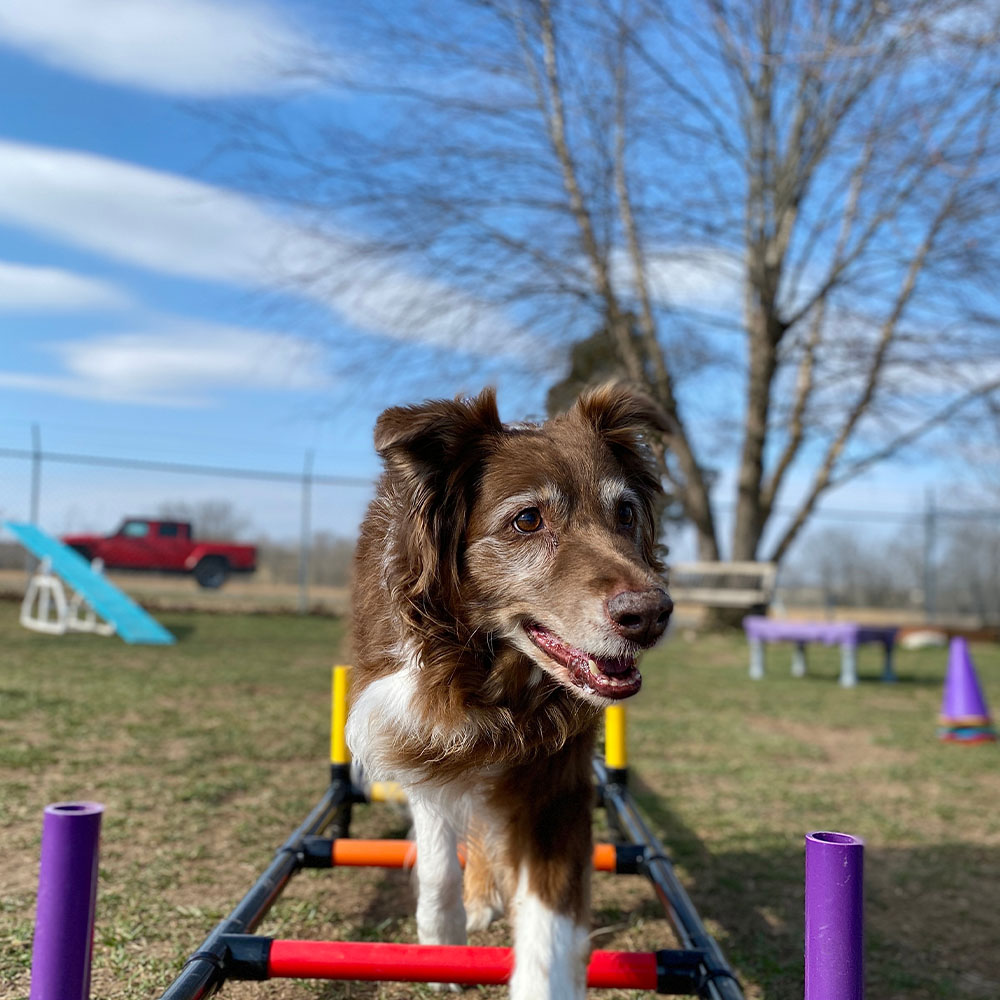Outfitting Your Dog Park
Posted by John Coopersmith on Apr 5th 2022
Furnishing a dog park involves creating a safe and enjoyable environment for both dogs and their owners. Here are some suggestions for furnishing a dog park:
- Fencing: Start by installing sturdy fencing around the perimeter of the park to ensure the safety of the dogs. The fence should be tall enough to prevent dogs from jumping over and secure enough to prevent them from digging under.
- Entrance gates: Install double-gated entrances to prevent dogs from escaping while entering or leaving the park. This design helps create a buffer zone to prevent unleashed dogs from escaping during gate openings.
- Benches and seating areas: Place benches and seating areas throughout the park for dog owners to relax and supervise their pets. Consider providing shaded areas or gazebos to protect visitors from the sun or rain.
- Waste stations: Install several waste stations equipped with dog waste bags and disposal bins. Encourage dog owners to clean up after their pets by providing clear signage and regularly emptying the bins.
- Water stations: Dogs need access to clean water, so install water stations with pet-friendly water fountains or spigots. Ensure the water supply is easily accessible and regularly maintained.
- Agility equipment: Consider adding some agility equipment, such as ramps, tunnels, or hurdles, to engage dogs in physical exercise and mental stimulation. These elements can help create an interactive and fun environment for dogs and their owners.
- Dog-friendly surfaces: Use appropriate surfacing materials for the dog park to ensure a comfortable and safe experience for dogs. Grassy areas, artificial turf, or specialized dog-friendly surfaces like rubberized mats or gravel can be suitable options.
- Shaded areas: Dogs can overheat quickly, especially in sunny or hot weather, so providing shaded areas is essential. Planting trees strategically or installing shade sails can offer relief from direct sunlight.
- Signage and rules: Clearly post park rules and regulations, including guidelines on dog behavior, leash requirements, and any other specific park policies. Educational signage on responsible dog ownership and park etiquette can also be helpful.
- Lighting: If the park is open during evening hours, consider installing proper lighting for the safety and security of visitors. Illuminating walkways and common areas will ensure visibility after dark.
- Waste receptacles and recycling bins: Place additional waste receptacles throughout the park for general trash disposal, and include recycling bins for bottles and cans if desired.
- Maintenance and cleanliness: Regularly maintain the park by mowing the grass, pruning trees, and removing any hazards. Schedule regular cleaning to ensure a hygienic environment.
Remember to consult local regulations and obtain any necessary permits before furnishing or opening a dog park. Additionally, involve the community and gather feedback to improve the park's design and amenities over time.



